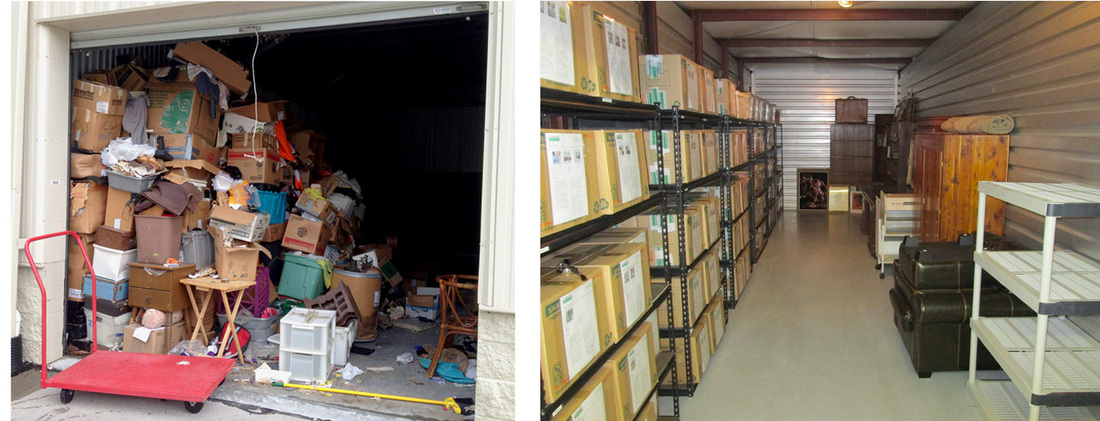
- Store everything in a box (if it will fit) and label it on three sides. Labels will let you find just what you’re looking for.
- Stack whatever you can. If everything is in a box, this will be easy.
- Skip the electronics. By the time you come back to reconsider that tv, stereo, etc, something better, cheaper and faster will be available. If you can’t use it right now or in the very definite future, donate it NOW.
- Plan for easy access. As you’re filling your space, think about what you’ll need to get to most often and store those things towards the front. What’s buried in the back should be deep storage that’s archives or belongings for your next living space.
- Be respectful. If it’s worth keeping, it’s something you care about and deserves to be packed and stored carefully and lovingly. Next time you open that box, you’ll be delighted rather than depressed and overwhelmed.
- Make a list. Take note of what you’ve stored and keep that list in your phone so you’ll know what’s there when you start to look for it.
- Be realistic. Things change. Our lives and circumstances change in ways we can’t predict. Check your storage space periodically and revisit whether or not you need to keep everything. If you haven’t thought about or missed anything in there for a year or more, you probably don’t need it.


 RSS Feed
RSS Feed
